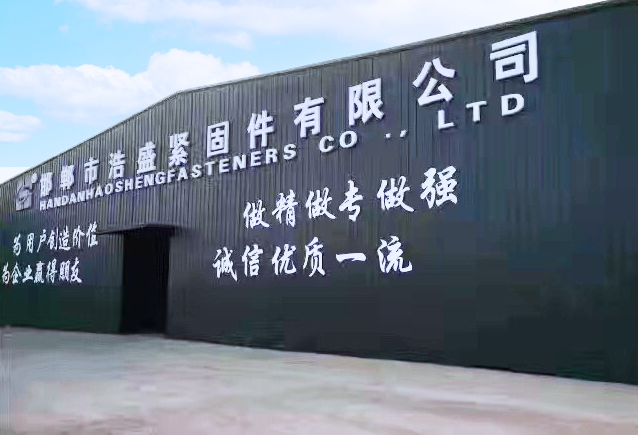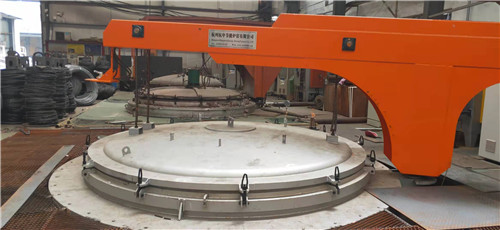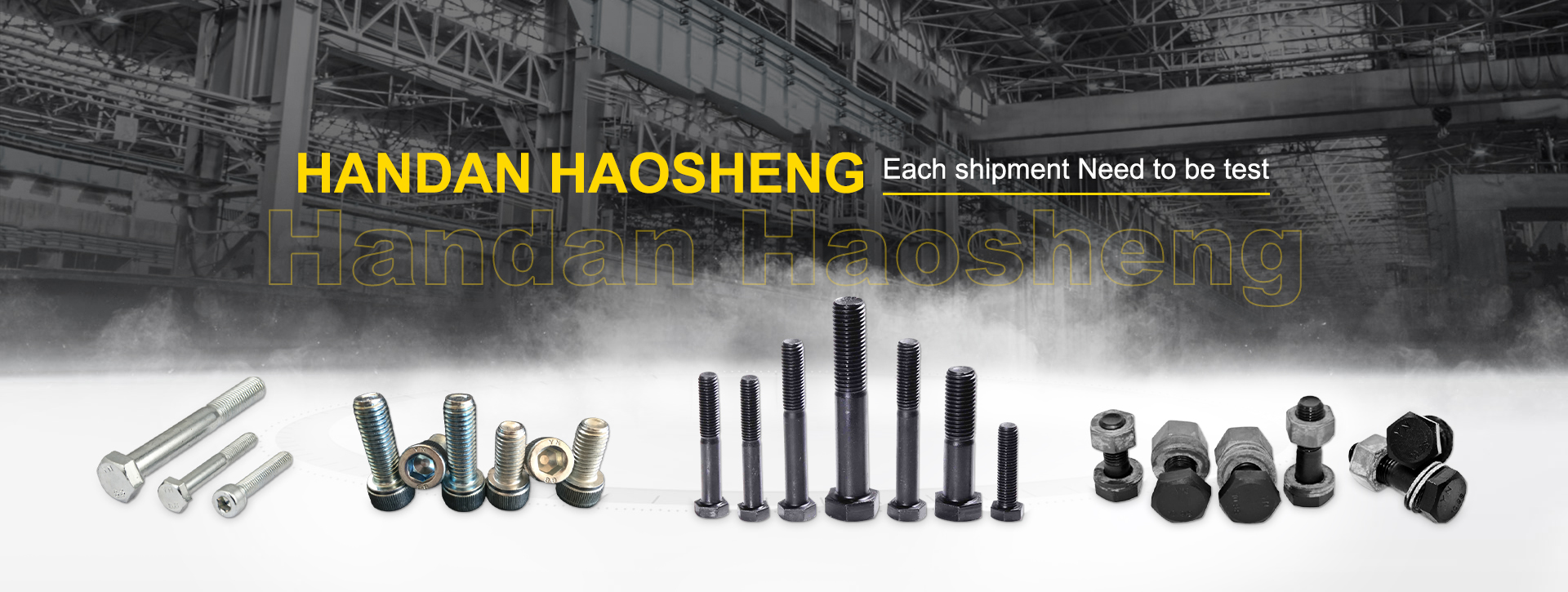I. Annealing
Method of operation:
After heating the steel piece to a temperature of Ac3+30~50 degrees or Ac1+30~50 degrees or below Ac1 (you can consult the relevant information), it is generally cooled slowly with the furnace temperature.
Purpose:
Reduce hardness, increase plasticity, improve cutting and pressure machining performance;
Refine the grain, improve mechanical properties, and prepare for the next process;
Eliminate internal stresses generated by cold and hot working.
Application points:
1. Applicable to alloy structural steel, carbon tool steel, alloy tool steel, high-speed steel forgings, weldments and raw materials with unqualified supply status;
2. Generally annealed in the rough state .
II. Normalizing
Method of operation:
The steel piece is heated to Ac3 or Acm above 30 ~ 50 degrees, after insulation to slightly greater than the cooling rate of annealing cooling.
Purpose:
Reduce hardness, improve plasticity, improve cutting and pressure machining performance;
Refinement of grain, improve mechanical properties, for the next process to prepare;
Eliminate internal stresses generated by cold and hot working.
Application points:
Normalizing is usually used as a forging, welding and carburizing parts of the pre-heat treatment process. For the performance requirements of low and medium carbon carbon carbon structural steel and low alloy steel parts, can also be used as the final heat treatment. For general medium and high alloy steel, air cooling can lead to complete or partial quenching, and therefore can not be used as the final heat treatment process.
III. Quenching
Method of operation:
Heat the steel parts above the phase change temperature Ac3 or Ac1, hold for a period of time, and then cool rapidly in water, nitrate, oil or air.
Purpose:
Quenching is generally to get high hardness martensitic organization, sometimes for some high-alloy steel (such as stainless steel, wear-resistant steel) quenching, it is to get a single uniform austenitic organization, in order to improve wear resistance and corrosion resistance.
Application Points:
Generally used for carbon and alloy steels with carbon content greater than zero point three percent;
Quenching can give full play to the strength and wear resistance potential of steel, but at the same time will cause a lot of internal stresses, reducing the plasticity and impact toughness of steel, so it is necessary to temper to get better overall mechanical properties.
IV. Tempering
Method of operation:
The quenched steel parts reheated to a temperature below Ac1, after insulation, in the air or oil, hot water, water cooling.
Purpose:
Reduce or eliminate internal stress after quenching, reduce the deformation of the workpiece and cracking;
To adjust the hardness, improve plasticity and toughness, and obtain the mechanical properties required for the work;
Stabilize the size of the workpiece.
Application points:
1. Maintain high hardness and wear resistance of steel after quenching with low-temperature tempering; in order to maintain a certain degree of toughness under the conditions of improving the elasticity and yield strength of steel with medium-temperature tempering; in order to maintain a high degree of impact toughness and plasticity is the main, but also have sufficient strength with high-temperature tempering;
2. General steel try to avoid 230 ~ 280 degrees, stainless steel tempering between 400 ~ 450 degrees, because this time will produce a tempering embrittlement.
Translated with DeepL.com (free version)
V. Tempering
Method of operation:
High temperature tempering after quenching is called tempering, i.e., heating the steel parts to a temperature 10 to 20 degrees higher than that of quenching, holding it for quenching, and then tempering it at a temperature of 400 to 720 degrees.
Purpose:
Improve cutting performance and machining surface finish;
Reduce the deformation and cracking during quenching;
Obtain good comprehensive mechanical properties.
Application points:
1. For alloy structural steel, alloy tool steel and high-speed steel with high hardenability;
2. not only can be used as a variety of more important structure of the final heat treatment, but also can be used as some tight parts, such as screws and other pre-heat treatment to reduce deformation.
VI. Aging
Operation method:
Heat the steel parts to 80~200 degrees, hold for 5~20 hours or longer, and then take out with the furnace to cool in the air.
Purpose:
Stabilize the organization of steel parts after quenching, reduce the deformation during storage or use;
To reduce internal stresses after quenching as well as grinding operations, and to stabilize shape and size.
Points of application:
1. applicable to various steel grades after quenching;
2. Commonly used in the requirements of the shape of the compact workpiece no longer change, such as compact screw, measuring tools, bed chassis.
VII. Cold treatment
Operation method:
Will be quenched steel, in the low temperature medium (such as dry ice, liquid nitrogen) in the cooling to -60 ~ -80 degrees or lower, the temperature is uniform and consistent after removing the uniform temperature to room temperature.
Purpose:
1. so that all or most of the residual austenite in the quenched steel parts are converted to martensite, thereby increasing the hardness, strength, wear resistance and fatigue limit of the steel parts;
2. Stabilize the organization of steel to stabilize the shape and size of steel parts.
Application points:
1. steel quenching should be immediately after the cold treatment, and then low-temperature tempering, in order to eliminate low-temperature cooling of the internal stress;
2. Cold treatment is mainly applicable to alloy steel made of compact tools, gauges and compact parts.
VIII. Flame heating surface quenching
Method of operation:
With oxygen – acetylene gas mixture burning flame, sprayed onto the surface of the steel parts, rapid heating, when the quenching temperature is reached immediately after the water spray cooling.
Purpose: to improve the surface hardness, wear resistance and fatigue strength of steel parts, the heart still maintains the toughness of the state.
Application points:
1. Mostly used for medium-carbon steel parts, the general depth of the quenching layer of 2 to 6mm;
2. For single-piece or small batch production of large workpieces and the need for local quenching of the workpiece.
Nine. Induction heating surface hardening
Operation method:
Put the steel piece into the inductor, so that the surface of the steel piece to produce induction current, in a very short period of time heated to the quenching temperature, and then spray water cooling.
Purpose: To improve the surface hardness, wear resistance and fatigue strength of steel parts, the heart to maintain the toughness of the state.
Application points:
1. Mostly used for medium carbon steel and medium hall alloy structural steel parts;
2. Due to the skin effect, high-frequency induction hardening quenching quenching layer is generally 1 ~ 2mm, medium-frequency quenching is generally 3 ~ 5mm, high-frequency quenching is generally greater than 10mm.
X. Carburizing
Method of operation:
Steel parts into the carburizing medium, heated to 900 ~ 950 degrees and keep warm, so that the steel surface to obtain a certain concentration and depth of the carburizing layer.
Purpose:
Improve the surface hardness, wear resistance and fatigue strength of steel parts, the heart still maintains the toughness of the state.
Application points:
1. For carbon content of 0.15% to 0.25% of mild steel and low alloy steel parts, the general depth of the carburizing layer of 0.5 ~ 2.5mm;
2. Carburizing must be quenched after carburizing, so that the surface is martensite, in order to achieve the purpose of carburizing.
XI. Nitriding
Method of operation:
The use of ammonia at 500 ~ 600 degrees when the decomposition of active nitrogen atoms, so that the surface of the steel is saturated with nitrogen, the formation of nitrided layer.
Purpose:
Improve the hardness, wear resistance, fatigue strength and corrosion resistance of the steel surface.
Application Points:
Used for aluminum, chromium, molybdenum and other alloying elements in the carbon alloy structural steel, as well as carbon steel and cast iron, general nitriding layer depth of 0.025 ~ 0.8mm.
XII. Nitrogen and carbon co-infiltration
Operation method:
Carbonizing and nitriding to the surface of steel at the same time.
Purpose:
To improve the hardness, wear resistance, fatigue strength and corrosion resistance of the steel surface.
Application points:
1. Used for low carbon steel, low alloy structural steel and tool steel parts, general nitriding layer depth 0.02 ~ 3mm;
2. After nitriding, quenching and low temperature tempering.
Translated with DeepL.com (free version)
Post time: Nov-08-2024









